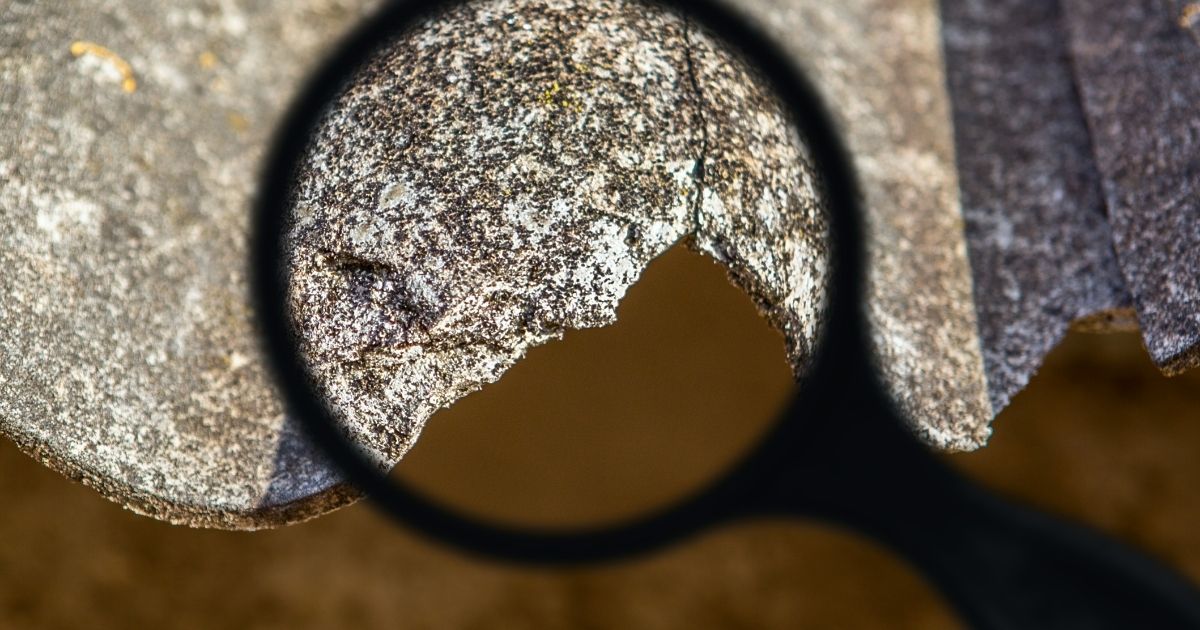
Most people think of asbestos exposure as something that happens only on construction sites or in industrial plants. However, you can find this dangerous mineral in everyday household products that you might never suspect.
Asbestos was once called a “miracle mineral” because it was heat-resistant, durable, and fire-retardant, making it valuable not only for large-scale construction, but also for many consumer goods that ended up in homes across the country.
During the 20th century, asbestos was used in thousands of different products. Manufacturers liked it because it could be woven, molded, and mixed into other materials while still providing insulation and fire protection.
Asbestos fibers are incredibly tiny and can easily go airborne—and when you breathe in asbestos fibers, they can get trapped deep in your lungs and other tissues, where they stay for years. Over time, this can lead to serious health problems.
Many older household appliances, especially those made before the 1980s, used asbestos for insulation. Ovens, stoves, toasters, space heaters, and crock pots are just a few examples—some even had power cords covered with asbestos for fire safety. While the intention was good, it created potential exposure risks that lasted for decades.
Unfortunately, some children’s products have tested positive for asbestos contamination. Certain brands of crayons, imported toys, and even detective play kits with contaminated talc have been found to contain traces of asbestos. In the past, even some modeling clay and craft materials for children also contained asbestos fibers.
Baby powder and other talc-based products can also endanger users because of how close talc deposits are to asbestos deposits in nature.
Christmas decorations once used asbestos to create a snowy effect because it would not catch fire; bowling balls often contained asbestos mixed with fiberglass for durability; and protective household textiles like ironing board covers, potholders, and gloves also frequently contained asbestos to withstand high heat.
Brake pads, clutches, and gaskets in older vehicles often contained asbestos in the past—and while these parts are no longer made with asbestos in the United States, imported parts can still contain it. Mechanics working with vintage cars or older replacement parts could expose themselves to asbestos fibers when dust is released into the air.
Homes built before the 1980s may have asbestos in more places than just insulation: Floor tiles, adhesives, ceiling tiles, siding, paint, and even window caulking often contained asbestos. Popcorn ceilings and vinyl flooring materials are also common culprits, and renovations that disturb these materials can release asbestos fibers into the air.
You cannot see, smell, or taste asbestos, so professional testing is the only way to verify the presence of the chemical. If you think asbestos might be in your home or belongings, do not try to remove it yourself. Call a licensed professional for testing and safe removal, especially when remodeling an older house.
If you or someone in your family has been diagnosed with mesothelioma or another asbestos-related illness, you may have grounds to take legal action. Since 1984, the Philadelphia asbestos lawyers at Brookman, Rosenberg, Brown & Sandler have helped more than 10,000 clients affected by asbestos. For a free consultation, contact us online or call 215-569-4000. Located in Philadelphia, we proudly serve clients in Delaware County, Chester County, Philadelphia County, Pennsylvania, and New Jersey.